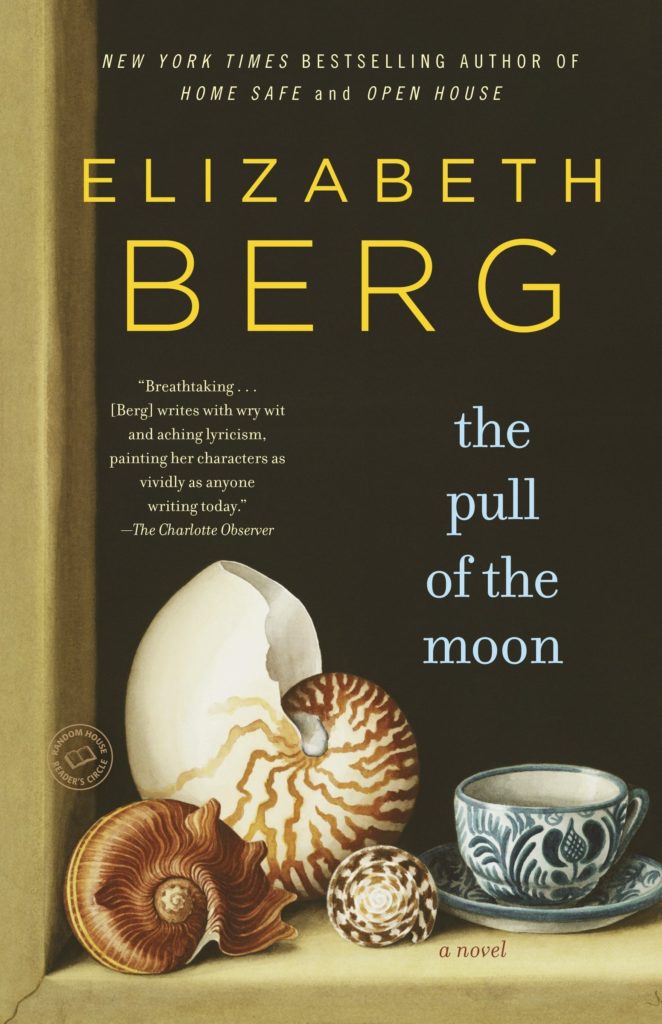What’s it about?
Nan has just turned fifty, and is dealing with how it feels to be an aging woman in this culture. She is very much focused on all she is losing. She decides to take off on a driving trip, and the novel alternates between entries she makes in a journal and letters to her husband, Martin. By the end of the book, she has switched her focus from all she’s losing to all she has.
What was the inspiration?
In a bookstore in Harvard Square, I saw a beautiful turquoise leather journal. I kind of wanted it, but it was forty dollars, too expensive, in my opinion. The next day, I was still thinking about that journal, and I thought, who would ever spend so much money on a journal? And the character of Nan walked right into my head. I knew immediately who she was and why she would buy such a journal.

This novel seemed to strike a chord with menopausal women, and I guess that was no surprise. What did surprise me was how many younger women (and older ones, too) resonated to it. A few men told me they read this book to understand their wives better, bless their hearts. And more than a few men were poked the ribs as they lay in bed trying to read their book while their wife read The Pull of the Moon. “Listen to this,” the women have told me they told their husbands. “This is what I’ve been trying to explain to you.”
Excerpt
(from a letter to her husband) “I don’t mean this to be against you. I don’t mean any of it to be against you. Or even about you. I have felt for so long like I am drowning. And we are so fixed in our ways I couldn’t begin to tell you all that has happened inside me. It was like this: I would standing over you pouring your coffee and looking down at your thinning hair and I would be loving you, Martin, but I would feel as though I were on a ship pulling away from the shore. As though the fact of your sitting there in your usual spot with your Cornflakes and orange juice was the most fantastic science fiction.”